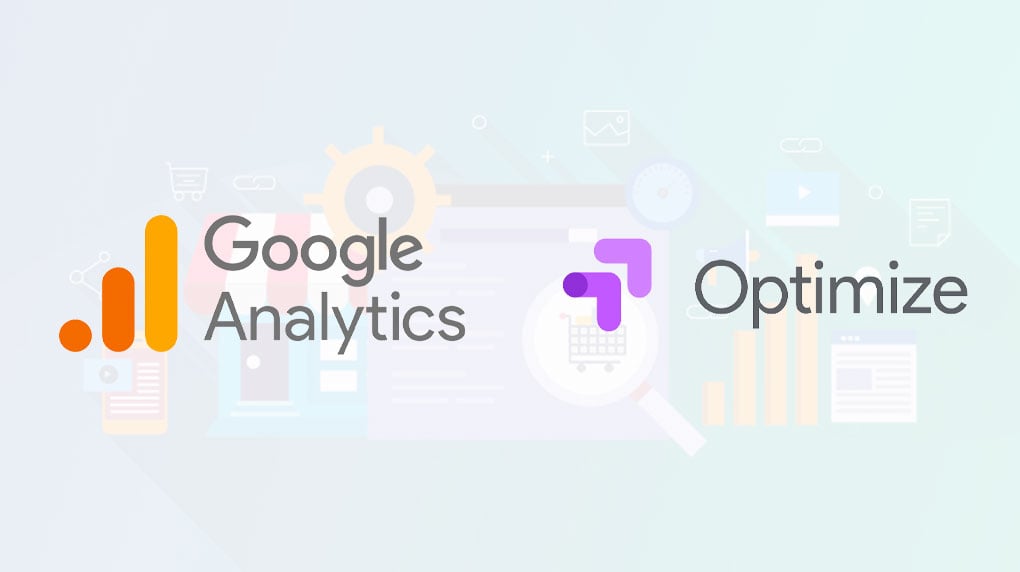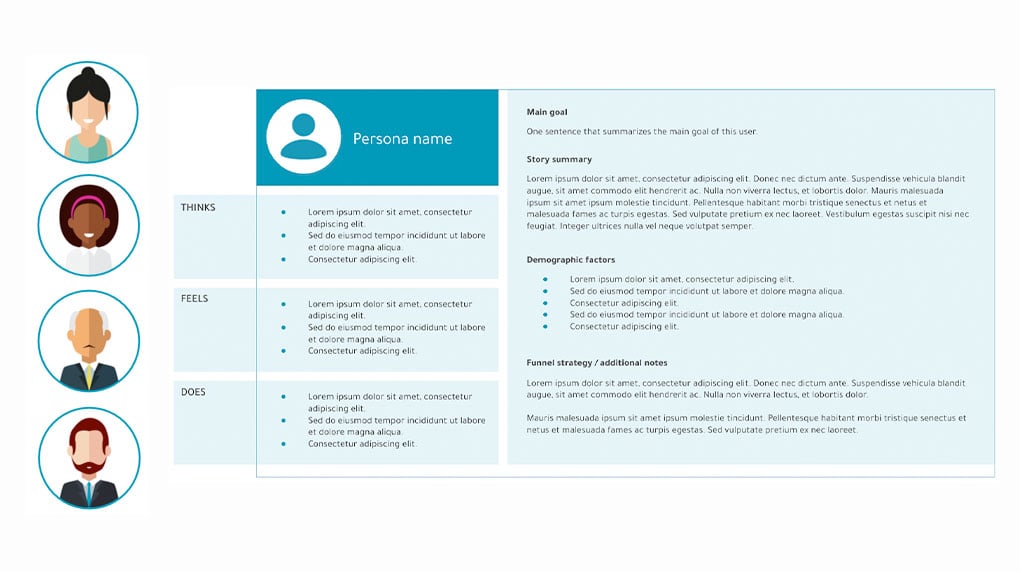After over a year of rapid growth in the eCommerce industry, more brands than ever have taken their sales online. Businesses are thriving on popular platforms like Shopify, but often, as their online presence grows, they’re realizing that their store isn’t converting visitors to customers as consistently as they’d like.
Enter Conversion Rate Optimization.
Whether you’re talking to your marketing team about CRO, or talking to your designers about UI/UX, Conversion Rate Optimization is all about making your site more compelling for visitors. Specifically, increasing the likelihood that once they’ve arrived they’ll stick around, submit info, or commit to a purchase.
But the road to effective CRO can be a bumpy one, and there’s nothing more discouraging than throwing time and money at “best practices” for Shopify optimization only to watch your growth, sales, and conversions continue to stall.
Finding a CRO approach that works for your store isn’t always about going bigger and throwing more money at the problem. Instead, let’s take a look at how to focus your CRO efforts by understanding where updates on your site will have the most impact.
How to increase your Shopify store conversion rate
Design beyond your homepage
If your business is trying to get the most out of a limited budget or timeline for your CRO efforts, most businesses will start with their store’s homepage. After all, it’s your customers’ introduction to your site, their map to your other products and content, and your chance to make a strong first impression that convinces them to stick around.
Here’s the catch: there’s no one journey that your customers take to a sale, and there’s no guarantee that anyone landing page is actually where they’ll arrive on your site. If you spend your budget on rolling out the red carpet in the wrong place, you might be making extremely strong UX/UI changes, but still won’t see any return on your CRO investment.
This is perhaps the biggest reason why otherwise solid CRO campaigns fall flat.
Understand visitors’ browsing habits to make purposeful changes
Think of your potential shoppers as task-oriented. They’re laser-focused on whatever their goal is, which affects both where they’ll arrive on your site and the information they care about once they get there. Unless your design improvements extend to the first few pages they see, it won’t matter how much work you’ve put in elsewhere.

As an example, suppose you sell custom clothing. Your store’s homepage features compelling images, a strong brand story, and makes a convincing case for why your designs are a cut above the rest. But your product pages have fallen by the wayside. That’s a problem because most of your visitors are arriving from web searches; usually for a specific style of clothing that takes them directly to one of those product pages. SEO experts refer to this as searching with “transactional intent”. They’re ready to buy, but if they’re greeted by an underwhelming product page they’ll bounce back to their search — completely missing the work you’ve invested in your homepage.
Plan your CRO efforts with effective analytics
Here’s the good news. This means successful CRO won’t necessarily take a full overhaul of your site. But it does take a strategic approach.
Before you begin, you need to identify exactly what your key pages are, and how your users are reaching them, rather than following best-practice assumptions of what to revamp first.
The right tools or marketing support can help you narrow this down. For example, a Google Analytics audit is a quick way to identify your highest-traffic pages, and where those visitors are coming from. This is where you need to focus first. But Google Optimize can help you go one step further, and identify the specific elements that are drawing users’ attention and clicks on each page, down to images, copy, or the steps of your checkout process.

This helps you identify exactly what your first steps need to be, whether that’s an image refresh, an SEO pass on your product descriptions, or a navigation update that reduces the number of clicks from your products to the checkout. Once you’ve identified visitors’ exit points, you can move from a scattershot approach to fixing the underlying problems.
Extend CRO across your full customer journey
With the right design, you can even turn a product page into the start of a whole journey for customers. Think of each product as a potential invitation to explore related content, products, and promotions.
Part of this is your site’s layout. If you have a piece of content that invites an upsell or establishes your expertise, make sure it’s easy to find and connects to a page that customers are visiting early on. But to do that, you need to know where they’re starting and what they’re looking for. Then, you can plan how to connect your content.
In practice, this can be as simple as resizing different elements on a page. For example, you might not think of a sizing guide for your clothing as a valuable piece of content. But what if a customer journey analysis revealed that shoppers who clicked on the guide had a higher purchasing conversion rate than those who didn’t? That’s exactly what happened on one Major Tom project. The extra information was driving visitors toward a purchase, so we made the relevant button more prominent on the product page. Our hope was to encourage more users down that path. The result? You guessed it — higher conversions.
Once the journey on your site is clear, your marketing campaigns should also lay the groundwork for visitors before they even arrive. A well-designed site that works in tandem with your advertising efforts to bring in new shoppers — or win back lapsed customers — will ensure that you grab their attention with a seamless path from awareness to advocacy. It’s one of the reasons Major Tom is a big believer in a holistic approach to eCommerce strategy.
Once you understand user habits, plan for user personas
So how do you turn data about your visitors’ behavior into actionable insights? One tried-and-true approach is building a strategy based on customer personas.
Your visitors aren’t a monolith, but you should eventually be able to identify patterns in their actions on your site. Maybe they’re deal hunters who shop your sales, or first-time buyers you can coax back with discounts in an order confirmation email, or enthusiasts subscribed to your newsletter who will stick around for a side of value-driven content served up with your products.

Once you can break down your potential customers into these categories, you can optimize for each — both on your site and with your ad spend. Working towards conversions and retention for these specific personas will be more effective than targeting your audience as a whole, and the more information you have on each, the more specific your improvements can get.
Eventually, that can even extend into something as fundamental as your approach to optimizing design for different devices. Although common wisdom has ping-ponged back and forth between mobile-first and desktop-first development, knowing the devices that your customers use when they shop can help you hone in on the most efficient place to start an aesthetic overhaul.
The differences between mobile-first and desktop-first development are worth an article of their own, but there are a few quick factors to keep in mind when it comes to conversions. For example, if your customers are browsing from their mobile devices, a literal rule of thumb is that your conversion elements need to be large enough for a finger tap, rather than the precision of a cursor.
When it comes to desktop users, you’re likely dealing with customers who are more open to exploring your brand’s story and values and can prioritize that content accordingly. If your users are primarily shopping from their phones, expect them to be more easily distracted, in a relative hurry, and more responsive to a direct focus on conversion points.
Start your CRO spending with gap analysis
Once you start digging into your customer behaviors, the options for eliminating pain points, adding enticing offers, and improving your conversions will begin to multiply, fast.
If you’re still unsure of where to start, why not reach out for a gap analysis from our eCommerce experts? We can help you figure out where to start your CRO.
Otherwise, stay tuned to our Mercury blog by subscribing below as we continue to dig into the strategies to launch your Shopify site into the next level of eCommerce success!